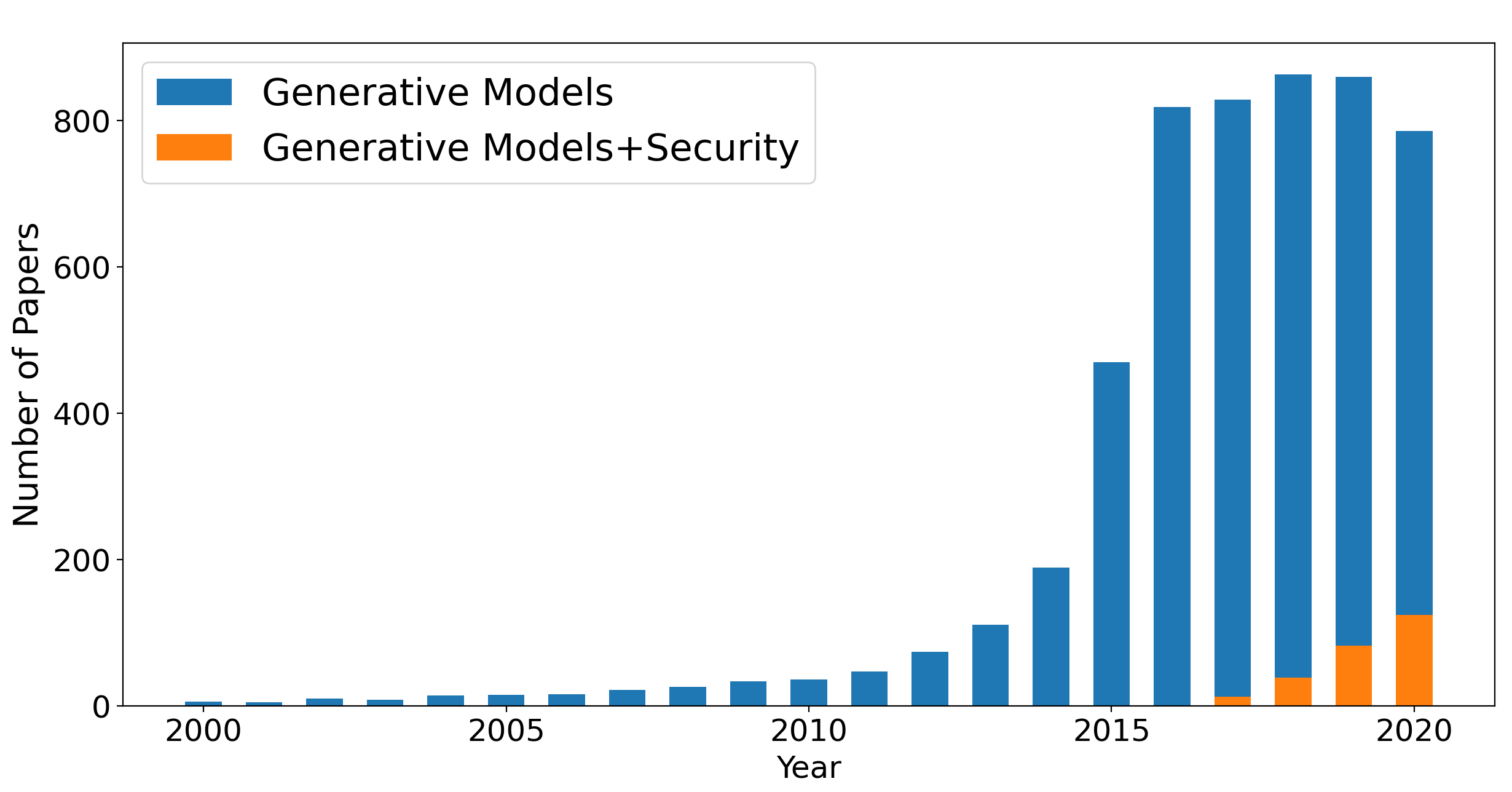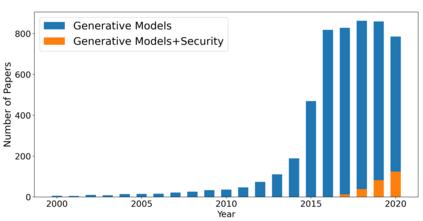Generative models learn the distribution of data from a sample dataset and can then generate new data instances. Recent advances in deep learning has brought forth improvements in generative model architectures, and some state-of-the-art models can (in some cases) produce outputs realistic enough to fool humans. We survey recent research at the intersection of security and privacy and generative models. In particular, we discuss the use of generative models in adversarial machine learning, in helping automate or enhance existing attacks, and as building blocks for defenses in contexts such as intrusion detection, biometrics spoofing, and malware obfuscation. We also describe the use of generative models in diverse applications such as fairness in machine learning, privacy-preserving data synthesis, and steganography. Finally, we discuss new threats due to generative models: the creation of synthetic media such as deepfakes that can be used for disinformation.
翻译:生成模型从抽样数据集中学会数据的分配,然后可以产生新的数据实例。最近深层次学习的进展使基因模型结构有了改进,一些最先进的模型(在某些情况下)可以产生现实的、足以愚弄人类的产出。我们调查最近在安全和隐私以及基因模型交汇处的研究。我们特别讨论了在对抗机器学习、帮助现有攻击的自动化或增强现有攻击以及作为入侵探测、生物鉴别和恶意软件模糊等情况下防御的构件使用基因模型的问题。我们还描述了在机器学习的公平性、隐私保护数据合成和摄像学等多种应用中使用基因模型的情况。最后,我们讨论了由于基因模型带来的新威胁:创建合成媒体,例如可用于否认信息的深晶体等。






